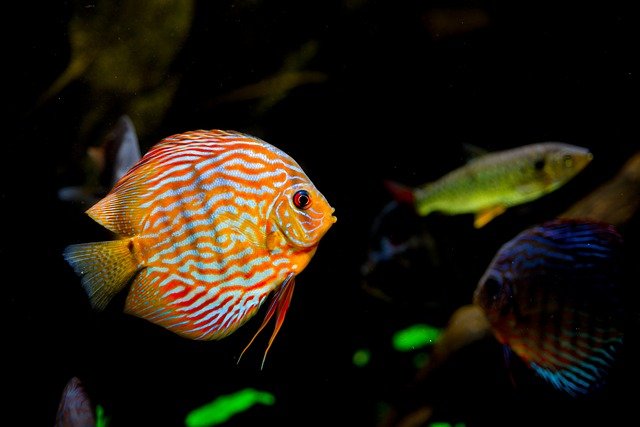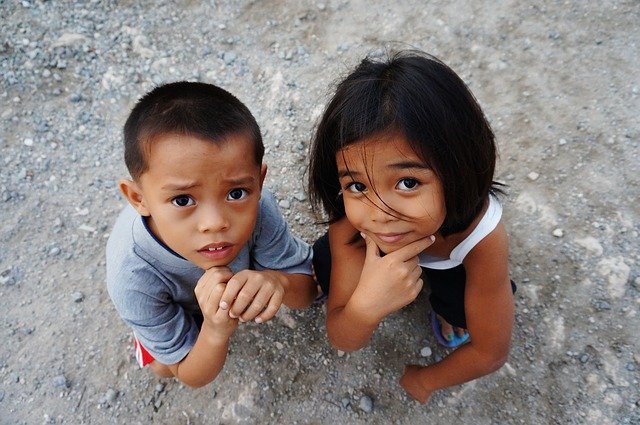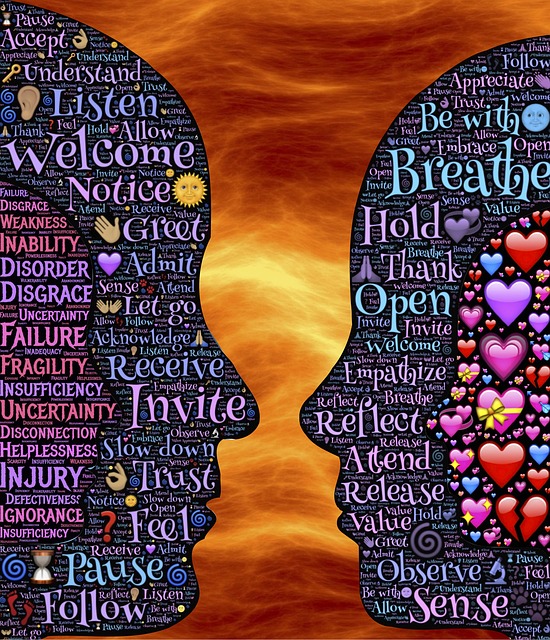Judson Brewer, world-renowned clinical psychologist and neuroscientist, maintains that mindfulness through a three-geared awareness process can break the anxiety habit loop. His latest book, Unwinding Anxiety: Train Your Brain to Heal Your Mind, provides a guide on how to develop the requisite awareness. His clinical practice and scientific research in relation to cravings and addictions, the focus of his first book The Craving Mind, led naturally to his understanding of anxiety and how the anxiety habit is formed and overcome.
Judson argues that anxiety hides in our habits. Underpinning cravings, addiction and anxiety is the fundamental habit loop which develops through operant conditioning – reinforcement of a behaviour through a rewards system. We experience some kind of trigger which leads to a habituated response that brings a personalised reward. For example, if you experience a stressful event/day (trigger), you might come home and have a drink of alcohol (behaviour) which enables you to deaden your distress and distracts you from it (reward). In the process, you are setting up a habit loop which becomes increasingly entrenched because your behavioural response (drinking alcohol) becomes habituated and you progressively need more and more alcohol to deaden the pain and achieve the necessary level of distraction.
The reward value concept
Judson explains in his latest book that the reward experienced after a habituated behaviour is not a single element creating the habit. According to him, the way the brain works is that it establishes a reward value for a particular behavioural response that not only involves the present moment reward but also the recollection of the accumulated rewards associated with prior occurrences of that behavioural response. So, the reward value attributed by the brain to a behavioural response (such as drinking alcohol after a stress trigger) is an accumulation of prior experiences that were deemed positive (such as drinking alcohol in good company in a stunning location) – all of which can distort the real value of the reward and further entrench the behaviour.
Breaking the habit loop or anxiety cycle
Judson points out that the way to break the habit loop or anxiety cycle involves fundamentally developing awareness of the habit loop and establishing a realistic and holistic assessment of the “reward” in the present moment. For example, if our to-do list acts as an anxiety trigger leading to procrastination (behaviour) which provides the reward of avoidance, we can in-the-moment recall that the procrastination behaviour itself has adverse effects such as leading to criticism for delays and/or intensifying the level of experienced anxiety. This heightened awareness may also be developed “reflexively” (reflecting on the trigger-behaviour-reward loop after the event) if the experience is relatively recent and the recall is rich in content. These options of present moment awareness or reflexivity relate to what we have discussed previously as reflection-in-action and reflection-on-action.
Developing holistic awareness
The fundamental problem with a habit loop is that our recall is often biased and defective. We tend to overlook the adverse effects of a behavioural response and focus only on the positive, immediate effects (such as deadening or distraction). In developing awareness of a habit loop or chronic anxiety, we need to adopt a more holistic and balanced approach – we need to become aware of the impacts of a behavioural response on our bodily sensations, thoughts and feelings as well as broader impacts such as on our work, our relationships and our environment. Just providing an intellectual rationalisation for the desired changed behaviour is normally not enough to create the behaviour we desire – it ignores the power of emotions embedded in bodily sensations. Judson points out that our survival needs (manifested through difficult emotions and bodily sensations) are more powerful than our need to overcome “cognitive dissonance” (where our rationalisations of a behavioural response conflict with our evidence-based experience).
Kind curiosity
Judson encourages the pursuit of “kind curiosity” to enable us to develop a more holistic and realistic assessment of the personally assigned “reward value” of a behavioural response. Curiosity is a natural habit (evident in children and somewhat deadened in adults because of “mass distraction”) that can be encouraged and cultivated. Unfettered curiosity can lead to unearthing disconcerting facts that may disarm, disillusion or distress us – it can challenge our self-concept in relation to our sense wholeness and genuine goodness. Judson points out the importance of accompanying this heightened curiosity with forgiveness and loving kindness towards ourself – hence, the concept of kind curiosity. Interestingly, Jon Kabat-Zinn’s definition of mindfulness includes the concept of purposefully paying attention in the present moment and doing so “non-judgmentally”.
Reflection
Once-off awareness raising is most likely to be ineffective in changing a habit and is definitely not going to overcome chronic anxiety. We cannot expect to overcome habits that are entrenched and developed over many years (often since childhood). What is required is sustained kind curiosity and ongoing awareness raising. Through sustained effort, we can substitute a more realistic reward value for the one that we have developed in our mind over time – which is why Judson suggests that we can unwind our anxiety by training our brain, through awareness training, to heal our mind. Over time, too, we can develop what he calls a “bigger, better offer” (BBO) to offset the current reward value driving the existing anxiety habit loop. He suggests that mindfulness might “fit the bill” here as it provides a wide range of benefits, without the adverse effect of substituting one bad habit for another (e.g. substituting lollies for alcohol).
As we grow in mindfulness, we can become aware of our triggers, our habituated behavioural responses and gain insight into the reward value that we attribute to our responses. We can also learn to substitute more rewarding responses that will encourage the development of changed habits that have positive outcomes. If we revert to old habits in times of extreme stress, it is important to avoid negative self-talk and self-denigrations and we can do this by extending forgiveness to ourself.
Throughout his book on anxiety, Judson draws on illustrations and validation from users of hist three apps focused on cravings (e.g. over-eating), addiction (e.g. to smoking) and anxiety. What these app-based programs provide is a readily accessible way to monitor yourself throughout the day and progressively substitute holistic rewards for those that are currently entrenching unhealthy habits.
__________________________________
Image by Rudy and Peter Skitterians from Pixabay
By Ron Passfield – Copyright (Creative Commons license, Attribution–Non Commercial–No Derivatives)
Disclosure: If you purchase a product through this site, I may earn a commission which will help to pay for the site, the associated Meetup group, and the resources to support the blog.









